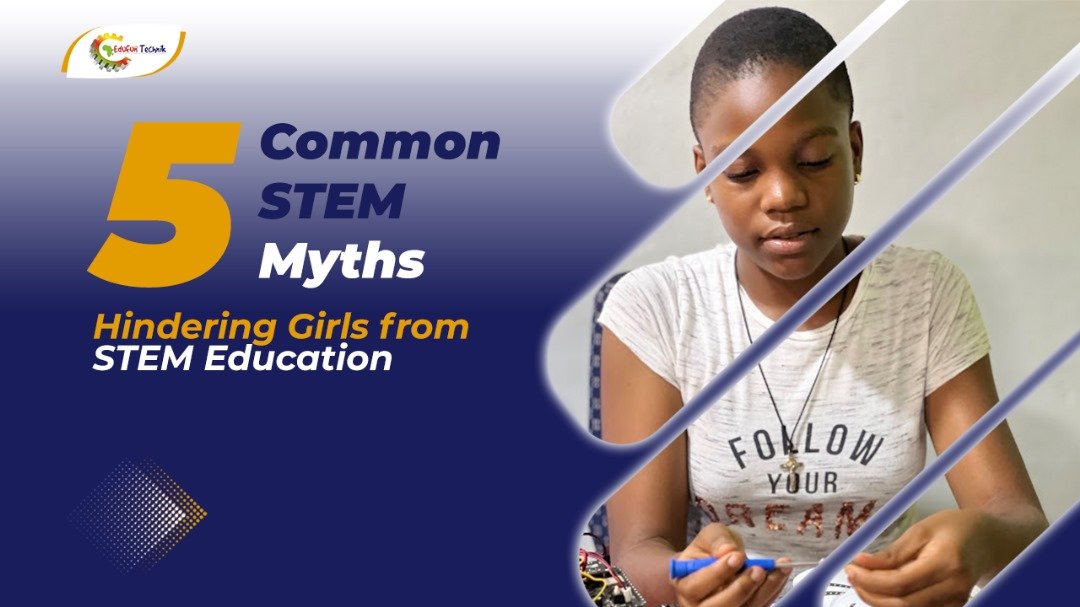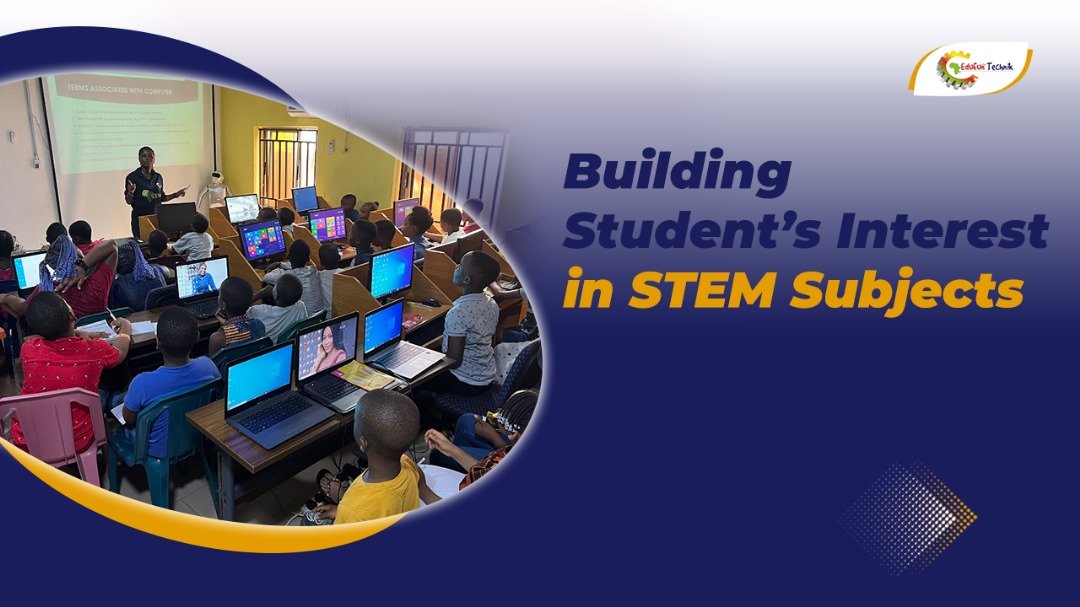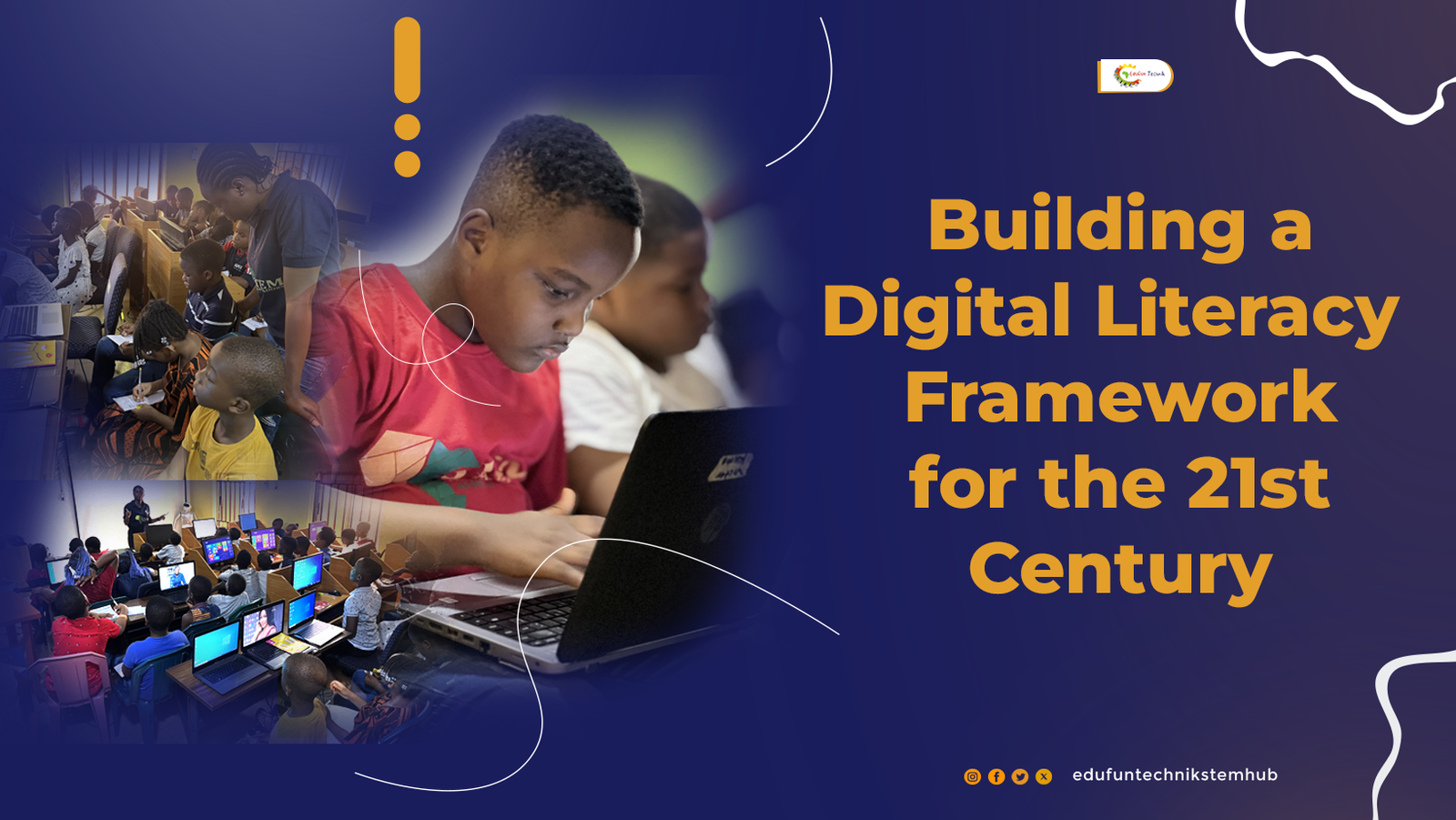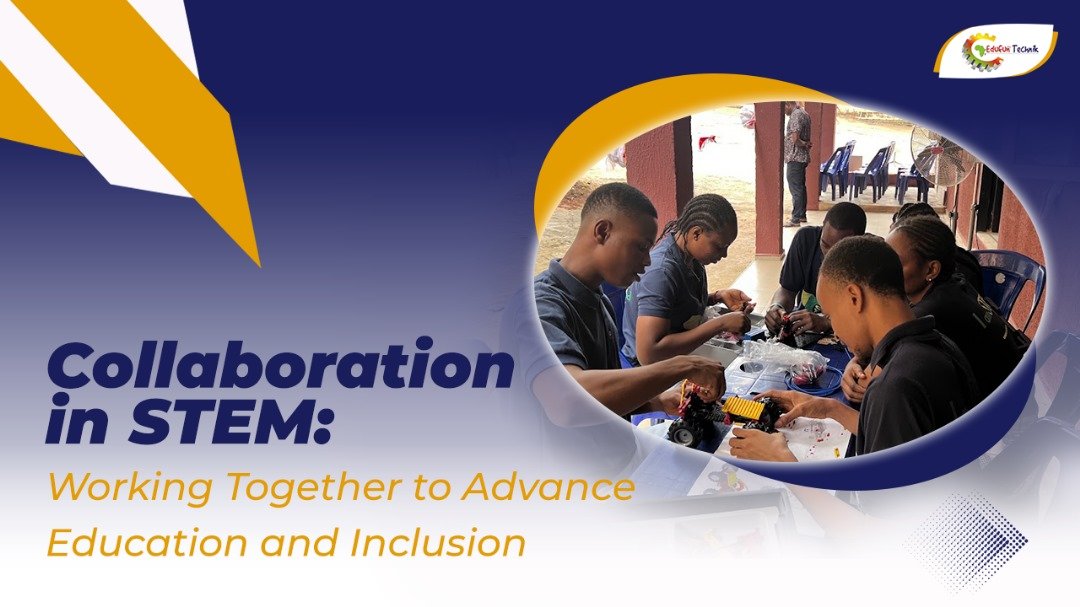In 2019, the research firm Asurion found that the average American checks their phone 96 times per day, about once every 10 minutes. We now carry devices in our pockets that are more powerful than the computers used during the Apollo missions. But instead of improving our focus, these devices often pull us away from the people and moments right in front of us.
Our relationship with digital technology has changed quickly. In the early 2000s, most people used desktop computers occasionally. Today, nearly 97% of Americans own a cellphone, and about 85% of those are smartphones, according to the Pew Research Center. These devices connect us to information and people all over the world, but they also demand our attention nonstop.
Understanding Digital Distraction
Digital distractions are not just a coincidence; they are often by design. Many thought leaders have spoken widely about how apps are created to capture and hold our attention. Some believed that “technology is not neutral”. Instead, they want you to use it in particular ways and for long periods.
Dr. Adam Alter, a professor at New York University and author of Irresistible: The Rise of Addictive Technology, has also studied how apps use reward systems similar to gambling machines. These systems keep users coming back, even when they want to stop.

The effects of this kind of engagement are real. A 2018 study published in the Journal of Social and Clinical Psychology found that reducing social media use to 30 minutes per day led to significant improvements in well-being. In another study, researchers at Harvard University noted that multitasking with digital devices impairs memory and increases stress levels.
Psychologist Dr. Larry Rosen, author of The Distracted Mind, told Psychology Today that our attention is “fragmented into smaller and smaller chunks,” a pattern he describes as “continuous partial attention.”
Recognizing When to Disconnect
Given the commonly used method in most cases, the same is applicable here, starting with a “screen time audit.” Many of us underestimate how much time we spend online. Once we see the actual numbers, often more than four hours daily, it becomes easier to make changes.
Phones now come with built-in screen time tracking. For many people, four hours per day adds up to over 60 days per year spent on a phone.
Dr. Jenny Radesky, a developmental behavioral pediatrician at the University of Michigan, studies how media affects children and family life. In her research, she’s found that parental phone use can reduce meaningful interaction with children. She shared that “those small moments of connection throughout the day are vital.”

Physical signs also point to too much screen time. According to the Vision Council, nearly 60% of people who use digital devices regularly experience digital eye strain. Poor posture while using phones or tablets, often called “tech neck”, can lead to pain in the neck and shoulders, a common complaint among physical therapy patients.
Creating Healthy Digital Boundaries
Dr. Alex Soojung-Kim Pang, author of Rest, encourages people to take regular “digital sabbaths”; short breaks from screens. Taking breaks from technology is essential for attention recovery and mental health.
James Clear, author of Atomic Habits, believes that the environment you create plays a big role in habit formation. He suggests moving your phone out of sight when you want to focus. “Make it easy to do what matters, and harder to get distracted,” Clear explains.
Families and workplaces are now setting their own rules, known as “tech etiquette.” This includes ideas like “device-free dinners” or screen-free zones at home. Setting these boundaries improves the quality of face-to-face communication.
Sherry Turkle, who wrote Reclaiming Conversation, warns, “We are sacrificing conversation for connection.” Her work encourages people to put down their devices to create space for meaningful conversations.
Mindfulness Practices for a Digital Age
Mindfulness is a proven way to fight digital distraction. Dr. Jon Kabat-Zinn, creator of the Mindfulness-Based Stress Reduction program, defines it as “paying attention, on purpose, in the present moment, and non-judgmentally.”
Even brief daily mindfulness practices can help improve attention and reduce stress. A 2019 study in ResearchGate showed that short exercises could reduce mind-wandering.
Dr. Judson Brewer, a neuroscientist at Brown University, studies how habits form in the brain. He explains that mindfulness can help break the cycle of digital addiction by allowing us to see what rewards we are seeking. Recognizing the “trigger, behavior, reward” loop helps us take control.

Dr. Amishi Jha, a neuroscientist at the University of Miami, suggests a simple practice called STOP: Stop, Take a breath, Observe, Proceed. This method helps pause impulsive reactions and creates room for thoughtful action, especially when you reach for your phone out of habit.
Reclaiming Attention and Connection
Technology can also support digital wellbeing. Apps like Forest reward you for staying off your phone by growing a virtual tree. Tools like RescueTime and Freedom help block distracting sites and track how time is spent online.
Dr. Cal Newport, a professor at Georgetown University and author of Digital Minimalism, encourages people to use tech only when it supports their goals. “Don’t use it just because it’s there,” he wrote in his book. Instead, ask if the tool adds real value.
Tech companies are responding too. Apple’s Screen Time and Google’s Digital Wellbeing allow users to monitor and limit their screen use. These features are a sign that even tech giants recognize the need for balance.
We must find healthier ways to seek pleasure. Options like “exercise, nature, face-to-face conversation, and creativity” as better sources of long-term satisfaction than scrolling through social media.
Building a Balanced Digital Life
The goal is not to remove technology from our lives but to use it more intentionally. Dr. Doreen Dodgen-Magee, author of Deviced!, recommends asking reflective questions like: Am I avoiding something by going online? Does my tech use help or harm my relationships? Is this how I want to spend my time?
It is believed that people who added positive habits, like joining hobby groups or spending time outdoors, were more successful in improving digital habits than those who simply tried to cut back.
Dr. Shimi Kang, author of The Tech Solution, says that adults must model good habits for children. “Kids watch what we do,”. Parents who show balance and create healthy digital boundaries help children do the same.
Digital mindfulness is not about perfection. It is about becoming more aware of how technology fits into your life and making thoughtful choices. With small steps and intentional habits, you can enjoy the benefits of technology while still staying connected to the people and moments that matter most.







